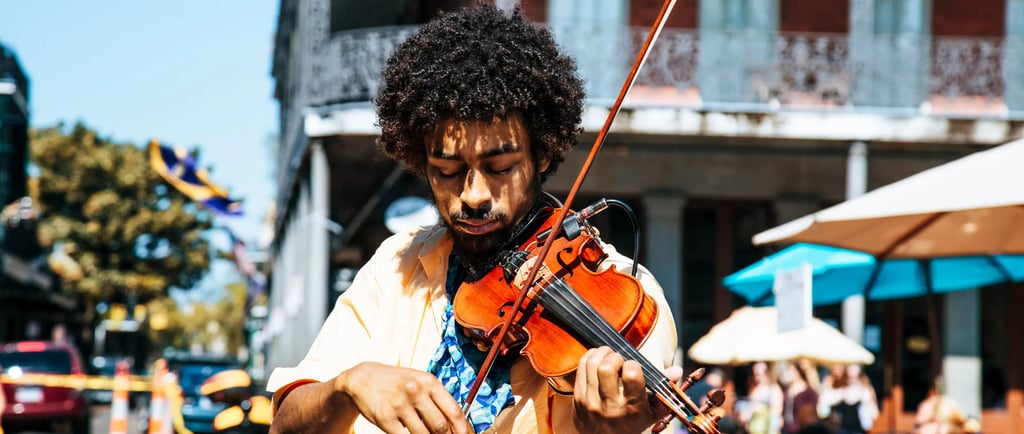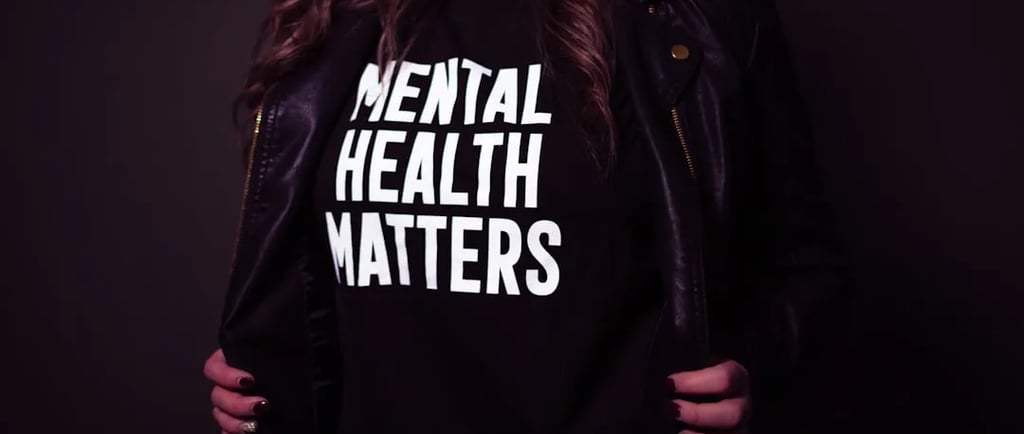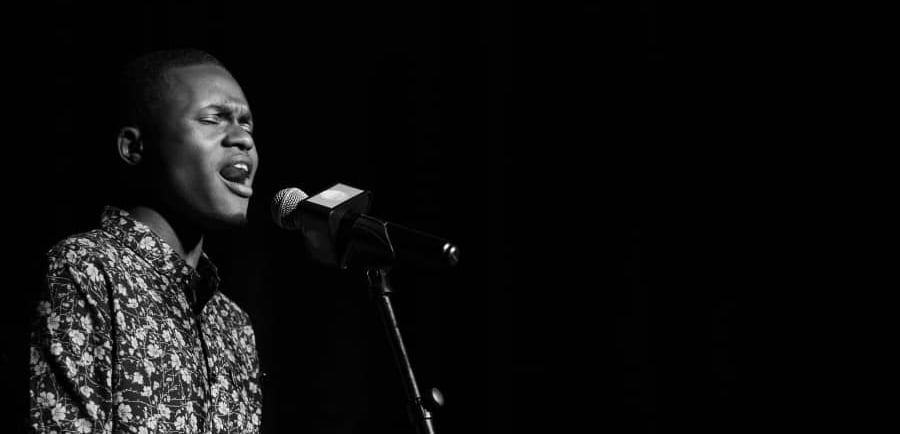Fuel Your Creativity: How Mental Health Impacts Your Art
Discover the vital connection between mental health and creativity. Learn practical tips to maintain balance, overcome challenges, and unlock your full creative potential.
Chidiebere Ekwedike
1/5/20259 min read


The Intricate Connection Between Mental Health and Creativity
The relationship between mental health and creativity has been a subject of extensive research and debate across various fields, including psychology, art, and sociology. Numerous studies indicate that mental health can significantly influence an artist’s creative process. For instance, conditions such as depression, anxiety, and bipolar disorder are often linked to heightened levels of creativity. Artists frequently report that their emotional and psychological experiences inform their artistic expressions, leading to profound and impactful works.
Conversely, creativity itself can act as a therapeutic outlet for mental health struggles. Engaging in artistic activities often provides individuals a means to process their emotions and experiences. This cyclical relationship highlights how creative expression can serve as a form of emotional release, potentially alleviating the burden of mental health challenges. Psychological theories suggest that creativity may be a coping mechanism, enabling individuals to navigate their inner turmoil and articulate complex feelings through various art forms, including painting, writing, and music.
The Role of Mindfulness in Enhancing Creative Flow
Mindfulness, a practice rooted in ancient traditions, has gained significant recognition in contemporary society for its positive impact on mental health and overall well-being. In the realm of creativity, mindfulness plays a vital role by enabling artists to focus their attention, reduce stress, and cultivate a deeper connection with their creative process. By actively engaging in mindfulness, individuals can mitigate feelings of anxiety and depression that often hinder creative expression, thus creating a healthier mental environment where creativity can thrive.
One effective mindfulness exercise is the "Five Senses" technique, where artists pause to identify five things they can see, four they can touch, three they can hear, two they can smell, and one they can taste. This exercise not only grounds them in the present moment but also heightens sensory awareness, which can inspire creative ideas and enhance artistic output. Another useful practice is mindful breathing; artists can take a few moments to focus on their breath, allowing thoughts to flow in and out without judgment. This simple activity can clear mental clutter and provide clarity before starting an art session.
Integrating mindfulness into daily routines can also significantly benefit mental health and creativity. Setting aside dedicated time for mindfulness practice, such as morning meditation or mindful walking, can provide artists with the mental clarity they need to channel their creativity effectively. Additionally, establishing a mindful workspace by minimizing distractions and surrounding oneself with calming elements can enhance focus and inspiration. By consciously incorporating these mindfulness techniques, artists can not only nurture their mental health but also maintain a continual flow of creative energy, paving the way for innovative artistic endeavors.
Personal Stories of Creatives Who've Overcome Mental Health Struggles
Many artists and creatives have confronted the formidable challenges of mental health, yet their journeys often inspire both their work and others within the community. One prominent figure is Vincent van Gogh. Despite his genius, van Gogh battled depression and anxiety, which often influenced his creativity. His struggle led to the creation of transformative artworks that reflect his emotional turmoil. Van Gogh found solace in painting, using art as an outlet to translate his experiences, ultimately creating some of the most renowned pieces in art history, such as "Starry Night." This approach showcases how creatively inclined individuals can harness their struggles to fuel their artistic expression.
Another notable example is the musician Kurt Cobain, the frontman of the band Nirvana. Cobain's candid discussions about his mental health challenges, including depression and addiction, reveal how he used music as a means to cope with his internal battles. His lyrics often depict feelings of isolation and despair, resonating with many fans who grapple with similar issues. Cobain's ability to articulate his pain through his music not only provided him a therapeutic outlet but also created powerful connections with listeners who felt understood and less alone in their struggles.
Additionally, the writer Virginia Woolf's life exemplifies how mental health profoundly impacted creativity. Woolf struggled with bipolar disorder, which often exacerbated her artistic endeavors. Despite these challenges, she produced groundbreaking literature such as "Mrs. Dalloway" and "To the Lighthouse." Woolf’s personal writings indicate that her battles with mental illness opened unique avenues for creativity, allowing her to explore complex themes of consciousness and existence in profound ways.
These narratives illuminate the fact that the intersection of mental health and creativity can serve as a powerful catalyst for artistic expression. Each artist's unique coping strategy reflects the resilience and resourcefulness that can emerge through the struggles faced along the creative journey.
Recognizing Burnout and Building Resilience
Burnout is a common experience among creatives, manifesting as emotional exhaustion, feelings of inadequacy, and a diminished sense of accomplishment. Recognizing the early signs of burnout is essential for maintaining both mental health and artistic productivity. Symptoms may include chronic fatigue, irritability, detachment from work, and a lack of motivation to create. If left unaddressed, burnout can lead to further mental health deterioration, making it crucial for artists to adopt proactive strategies for resilience.
One effective method to combat burnout is to establish clear boundaries. This could involve setting specific work hours, delegating tasks when possible, or saying no to projects that do not align with one's creative vision. By respecting personal limits, artists can preserve their energy and passion for their art. Additionally, implementing regular breaks into the creative process allows for mental recuperation. Techniques such as the Pomodoro Technique—where work is segmented into intervals followed by short breaks—can enhance both productivity and wellness.
Engaging in supportive communities can also significantly bolster resilience. Whether it’s joining a local art group, participating in online forums, or attending workshops, connecting with fellow artists provides opportunities for collaboration, feedback, and emotional support. Being part of a community creates a sense of belonging and can alleviate feelings of isolation that often accompany burnout.
Moreover, maintaining productivity while prioritizing rest is a delicate balance that can be achieved through mindful practices. Prioritizing self-care activities, such as meditation, physical exercise, or spending time in nature, can rejuvenate the mind and enhance creative output. Allowing oneself moments of stillness fosters a refreshed perspective, enabling artists to approach their work with renewed energy and insight.
Prioritizing Mental Health to Unlock Creative Potential
In the pursuit of creativity, mental health often takes a backseat. However, it is crucial to prioritize mental well-being as a fundamental component of self-care for creatives. By fostering a strong mental health foundation, artists can unlock their true creative potential and experience a deeper sense of artistic fulfillment. To begin this journey, it is essential to establish a sustainable self-care routine that caters to individual needs.
Incorporating mindfulness practices such as meditation, journaling, or yoga can significantly enhance mental clarity and emotional stability. These practices allow for reflection and self-awareness, paving the way for inspiration to flourish. Additionally, time management is essential in striking a balance between creative endeavors and moments of rest. By setting aside specific times for relaxation and creative pursuits, artists can cultivate a healthy rhythm that nurtures creativity rather than stifles it.
Moreover, engaging in therapy can be transformative for those in artistic fields. Therapy provides a safe space to explore emotions, confront challenges, and process experiences that may influence one's artistic expression. Regular sessions with a mental health professional can aid in developing coping strategies, fostering resilience, and nurturing creativity. Utilizing techniques such as cognitive-behavioral therapy (CBT) can empower artists to reframe negative thought patterns that may hinder their creative output.
Lastly, seeking community support plays an instrumental role in sustaining mental health. Connecting with fellow creatives through workshops, art classes, or online forums can encourage shared experiences and collaborative growth. These interactions not only alleviate feelings of isolation but also provide invaluable feedback and encouragement. Collectively, prioritizing mental health through a well-rounded self-care routine, therapy, and community engagement enables artists to navigate their creative paths effectively, ultimately enhancing both their creativity and overall well-being.


Recognizing Burnout and Building Resilience
Burnout is a common experience among creatives, manifesting as emotional exhaustion, feelings of inadequacy, and a diminished sense of accomplishment. Recognizing the early signs of burnout is essential for maintaining both mental health and artistic productivity. Symptoms may include chronic fatigue, irritability, detachment from work, and a lack of motivation to create. If left unaddressed, burnout can lead to further mental health deterioration, making it crucial for artists to adopt proactive strategies for resilience.
One effective method to combat burnout is to establish clear boundaries. This could involve setting specific work hours, delegating tasks when possible, or saying no to projects that do not align with one's creative vision. By respecting personal limits, artists can preserve their energy and passion for their art. Additionally, implementing regular breaks into the creative process allows for mental recuperation. Techniques such as the Pomodoro Technique—where work is segmented into intervals followed by short breaks—can enhance both productivity and wellness.
Engaging in supportive communities can also significantly bolster resilience. Whether it’s joining a local art group, participating in online forums, or attending workshops, connecting with fellow artists provides opportunities for collaboration, feedback, and emotional support. Being part of a community creates a sense of belonging and can alleviate feelings of isolation that often accompany burnout.
Moreover, maintaining productivity while prioritizing rest is a delicate balance that can be achieved through mindful practices. Prioritizing self-care activities, such as meditation, physical exercise, or spending time in nature, can rejuvenate the mind and enhance creative output. Allowing oneself moments of stillness fosters a refreshed perspective, enabling artists to approach their work with renewed energy and insight.
Prioritizing Mental Health to Unlock Creative Potential
In the pursuit of creativity, mental health often takes a backseat. However, it is crucial to prioritize mental well-being as a fundamental component of self-care for creatives. By fostering a strong mental health foundation, artists can unlock their true creative potential and experience a deeper sense of artistic fulfillment. To begin this journey, it is essential to establish a sustainable self-care routine that caters to individual needs.
Incorporating mindfulness practices such as meditation, journaling, or yoga can significantly enhance mental clarity and emotional stability. These practices allow for reflection and self-awareness, paving the way for inspiration to flourish. Additionally, time management is essential in striking a balance between creative endeavors and moments of rest. By setting aside specific times for relaxation and creative pursuits, artists can cultivate a healthy rhythm that nurtures creativity rather than stifles it.
Moreover, engaging in therapy can be transformative for those in artistic fields. Therapy provides a safe space to explore emotions, confront challenges, and process experiences that may influence one's artistic expression. Regular sessions with a mental health professional can aid in developing coping strategies, fostering resilience, and nurturing creativity. Utilizing techniques such as cognitive-behavioral therapy (CBT) can empower artists to reframe negative thought patterns that may hinder their creative output.
Lastly, seeking community support plays an instrumental role in sustaining mental health. Connecting with fellow creatives through workshops, art classes, or online forums can encourage shared experiences and collaborative growth. These interactions not only alleviate feelings of isolation but also provide invaluable feedback and encouragement. Collectively, prioritizing mental health through a well-rounded self-care routine, therapy, and community engagement enables artists to navigate their creative paths effectively, ultimately enhancing both their creativity and overall well-being.


FAQs: Navigating Mental Health and Creativity
Understanding the intricate relationship between mental health and creativity is essential for artists and creators. Here are some frequently asked questions that explore this connection, providing clarity and guidance for those seeking to navigate their creative journeys.
How can I tell if I need professional help for my mental health?
Recognizing when to seek professional assistance can be challenging. Indicators include persistent feelings of sadness, anxiety, or overwhelm that interfere with daily life and creativity. If emotional struggles divert your focus from art or provoke feelings of inadequacy, consulting a mental health professional can be beneficial. Self-assessment tools and supportive discussions with trusted individuals can also guide your decision.
Do mental health medications affect my creative abilities?
Medications can stabilize mood and alleviate symptoms, yet their impact on creativity varies among individuals. Some artists report an enhancement in clarity, while others may experience a temporary decrease in creative output during the adjustment phase. Regular consultation with a healthcare provider can help manage the effects of medications, enabling you to continue expressing your artistic voice.
What strategies can I use to balance a creative career with mental wellness?
Maintaining harmony between a creative career and mental health is crucial. Establishing a routine that incorporates time for artistic expression, self-care, and relaxation can promote balance. Setting realistic boundaries regarding work hours and adhering to a consistent practice of mindfulness or meditation may also foster resilience. Engaging with supportive communities can offer encouragement and understanding, vital for sustaining both creativity and mental well-being.
By addressing these questions, artists and creatives can better navigate the complexities of their mental health, leading to a more fruitful and fulfilling artistic journey.